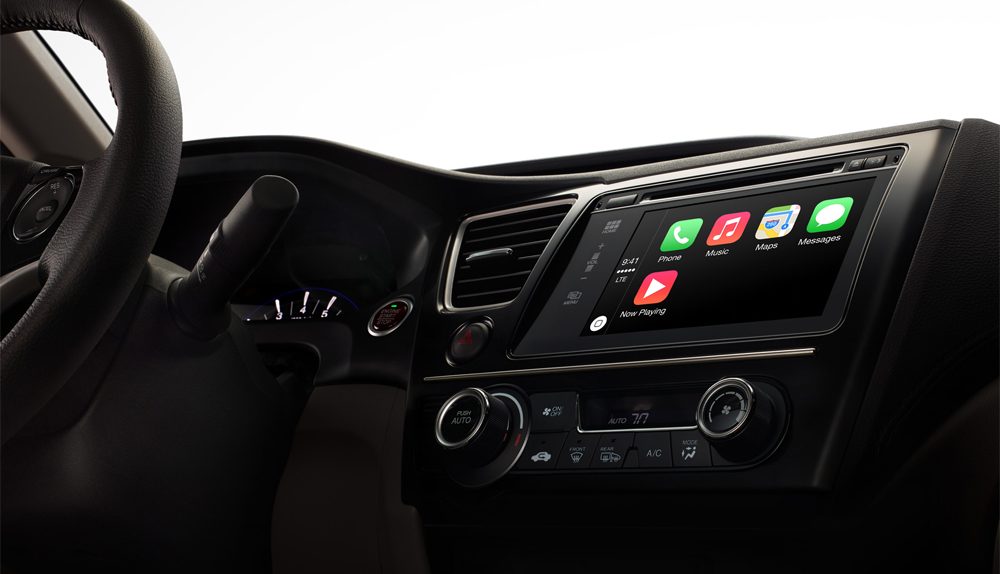On Tuesday, Apple published an application with the U.S. Patent and Trademark Office that describes a technology called “accessory control with geo-fencing” that would surround a vehicle with a virtual field or boundary known as a geofence. This geofence would detect your proximity to the car through your iPhone and automatically perform tasks like unlocking the door, starting the vehicle, and opening the trunk.
Starting your car with your phone is nothing new. There are many apps on the market that will allow a device to do similar things, but Apple aims to perform these tasks automatically when you enter or exit the geofence’s radius.
For example: If you’re leaving the car, the iPhone will send a signal to lock the doors and set the alarm as you exit the geofence. It will then automatically unlock the doors and turn off the alarm as your re-enter it. Depending on if there’s more than one geofence, you could walk to the back of the car and the iPhone will send a signal to open the trunk.
This technology doesn’t necessarily mean it’s limited to inside or outside of the geofence. The patent application explains that a long distance signal could start your car to warm it up when it detects you’re on your way.
Apple describes the “Accessory control with geo-fencing” in its patent application below:
A vehicle accessory can transmit a first signal to a mobile device, the first signal including a location of a vehicle. The mobile device can monitor its own location. The mobile device can assess whether one or more location-based criteria have been satisfied based on the location of the mobile device and the location of the vehicle. Upon determining that a location-based criterion has been satisfied, the mobile device can transmit a second signal to the vehicle accessory indicating that a function of the vehicle is to be controlled. Thus, for example, the mobile device can activate or de-activate vehicle features (e.g., door locking, vehicle defrosting, etc.) in a manner that capitalizes on efficient signal transmission.
There’s no guarantee that this will see the light of day as it’s only a patent, but the idea seems interesting.





